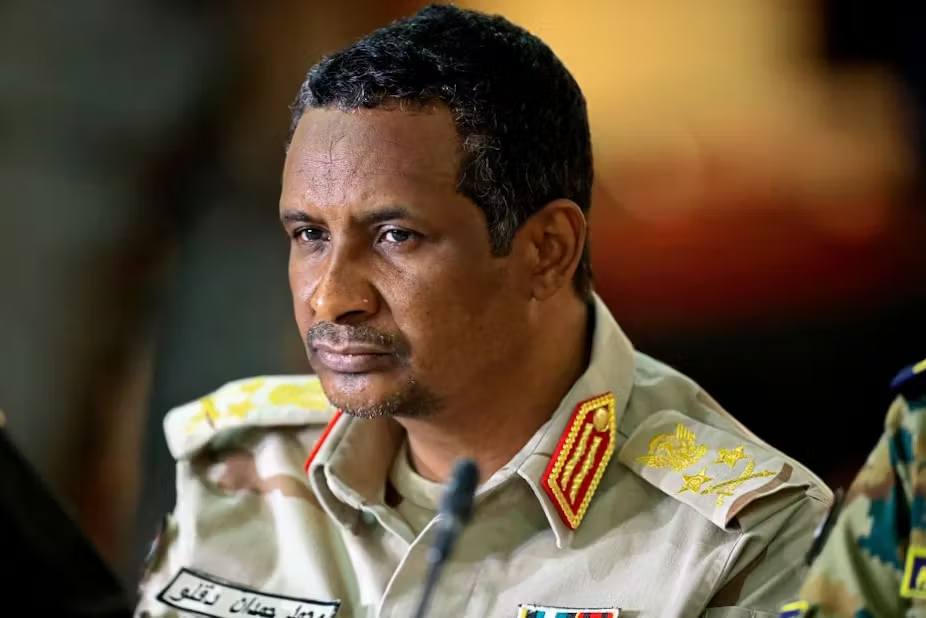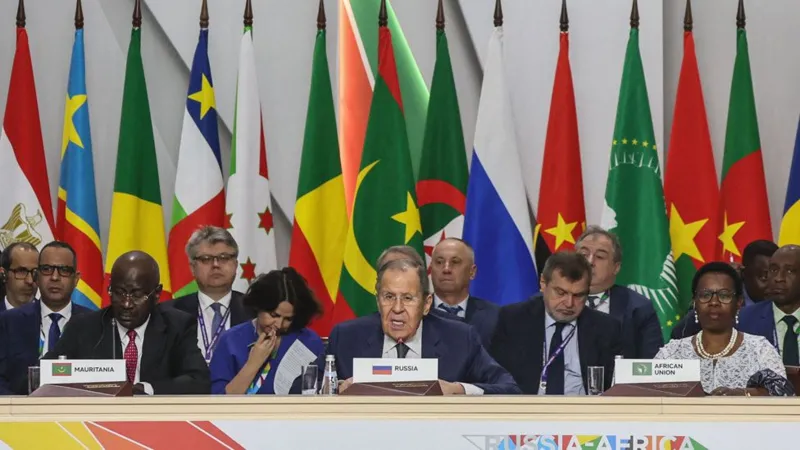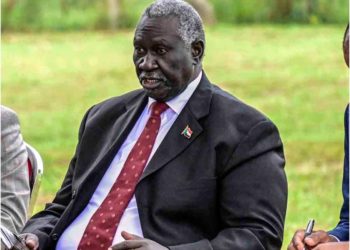By SUDAN TRIBUNE
January 25, 2024 (KHARTOUM) – The war is Sudan is putting the future of its 24 million youngest citizens at risk, the United Nations Children’s Fund (UNICEF) representative in the country warned.
“Sudan is experiencing a humanitarian catastrophe of epic proportions. It’s a living nightmare for children,” Mandeep O’Brien told UN news in an interview.
Nearly 10 months have passed since clashes erupted between the Sudanese Army and a rival group known as the Rapid Support Forces (RSF), leaving14 million children in desperate need of lifesaving assistance, UNICEF figures show.
O’Brien said the war has sparked the world’s largest child displacement crisis.
More than 3.5 million boys and girls in Sudan have fled their homes for safer locations, with some uprooted several times, according to the children agency.
The bad news, UNICEF said, continues as more than 7.4 million young Sudanese do not have access to safe drinking water, putting them at risk of waterborne diseases, and nearly two million are in urgent need of lifesaving vaccines.
Sudan also has one of the highest rates of child malnutrition in the world. More than three million under-fives suffer from acute malnutrition, and 700,000 could die from its severest form unless they receive medical treatment.
Furthermore, 19 million school-age children are not in the classroom, putting Sudan at risk of becoming one of the worst learning crises in the world.
“Imagine the future of this country if children are not being able to learn,” said O’Brien, adding that “We estimate that if this continues, Sudan would be facing a $26 billion lifetime earning loss.”
UNICEF said it has been pushing for Sudanese federal and state authorities to re-open schools, but O’Brien pointed to another barrier to education.
“For that to happen, teachers need to be paid,” she stressed, adding that “Sadly, since the onset of this war, teachers and other front line workers have not been paid their salaries, so this has to happen.”
In the interim, UNICEF and partners have reportedly been exploring practical solutions and ways to support the safe re-opening of schools where conditions allow, while also working to reach more young learners.
“For huge numbers of kids who cannot go to school, who were not registered or enrolled in schools prior to the conflict, we’re trying to bring as many kids as possible into the learning loop, into alternative ways of learning,” noted O’Brien.
Last year, UNICEF said it reached more than 6.4 million children and families with urgently needed health supplies and screened more than five million under-fives for malnutrition, treating over 300,000 severe cases.
(ST)







Discussion about this post